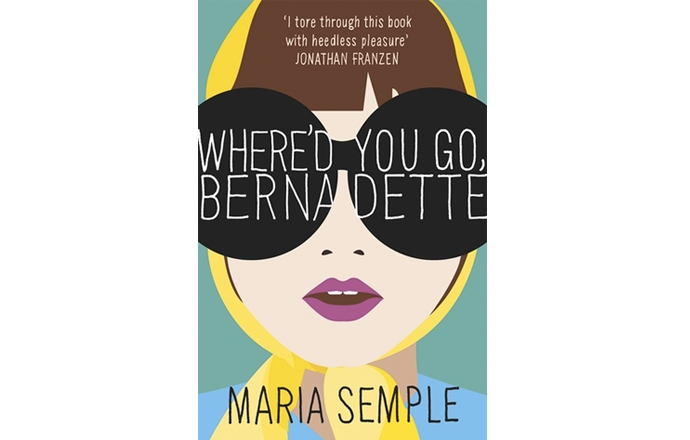

So it has been for Bernadette, apparently, for nearly twenty years. Bernadette spends much time at home, doing little she emerges mainly to drop Bee off and pick her up, and to get into squabbles with the family’s next-door neighbor, Audrey (Kristen Wiig). She’s contemptuous of the other parents at Bee’s school (“gnats,” she calls them), and her most meaningful daytime interaction occurs online, with Manjula, her so-called personal assistant, who is based in India.

She’s somewhat agoraphobic and somewhat misanthropic. Bernadette struggles to get through her days.

“Where’d You Go, Bernadette,” the movie, is the story of Bernadette Fox, a woman in her fifties who lives in Seattle with her husband, Elgin Branch (Billy Crudup), called Elgie, and their daughter, Balakrishna, called Bee (Emma Nelson), a high-school student. Its narrowed substance is virtually guaranteed by its narrow artistic preconceptions. The rest of the time, Linklater (who co-wrote the script with Holly Gent and Vince Palmo) turns a complex story simple worse, he turns the protagonist’s complex mind simple, and misses the chance to transcend the novel’s givens and explore their alluring implications. The movie is at its best when those traces are most conspicuous. For his film adaptation of the book, the director Richard Linklater extracts and stages the events that the documents describe, only occasionally preserving traces of Semple’s devices. The 2012 book “ Where’d You Go, Bernadette,” by Maria Semple, is a documentary novel in the same way that other novels would be called epistolary: though it has a bit of narration from the protagonist’s teen-age daughter, Bee, the story is told mainly through a collection of (fictional) archival materials, such as e-mails, letters, faxes, legal and medical transcripts, text messages, PDFs, and financial documents.


 0 kommentar(er)
0 kommentar(er)
